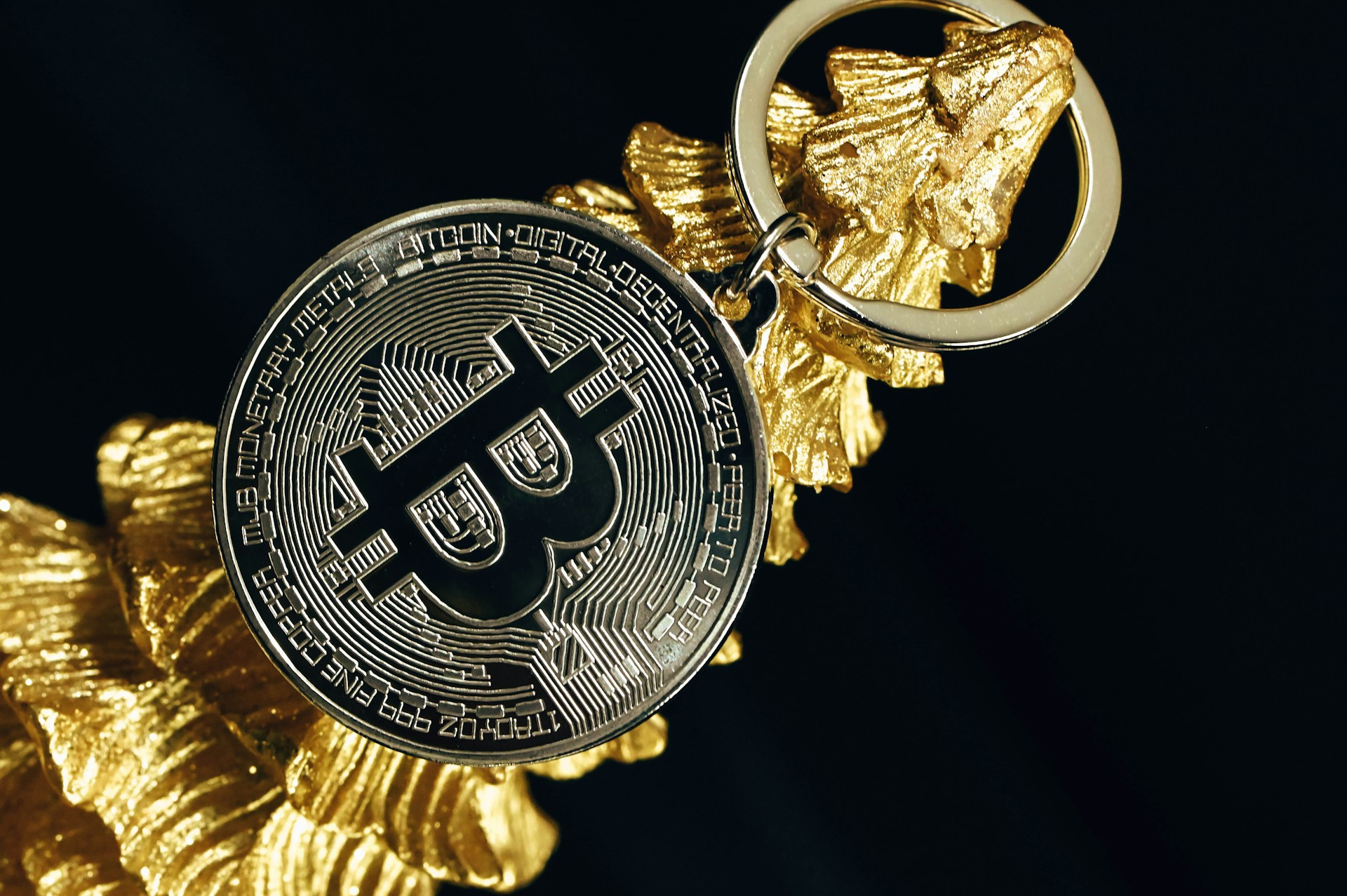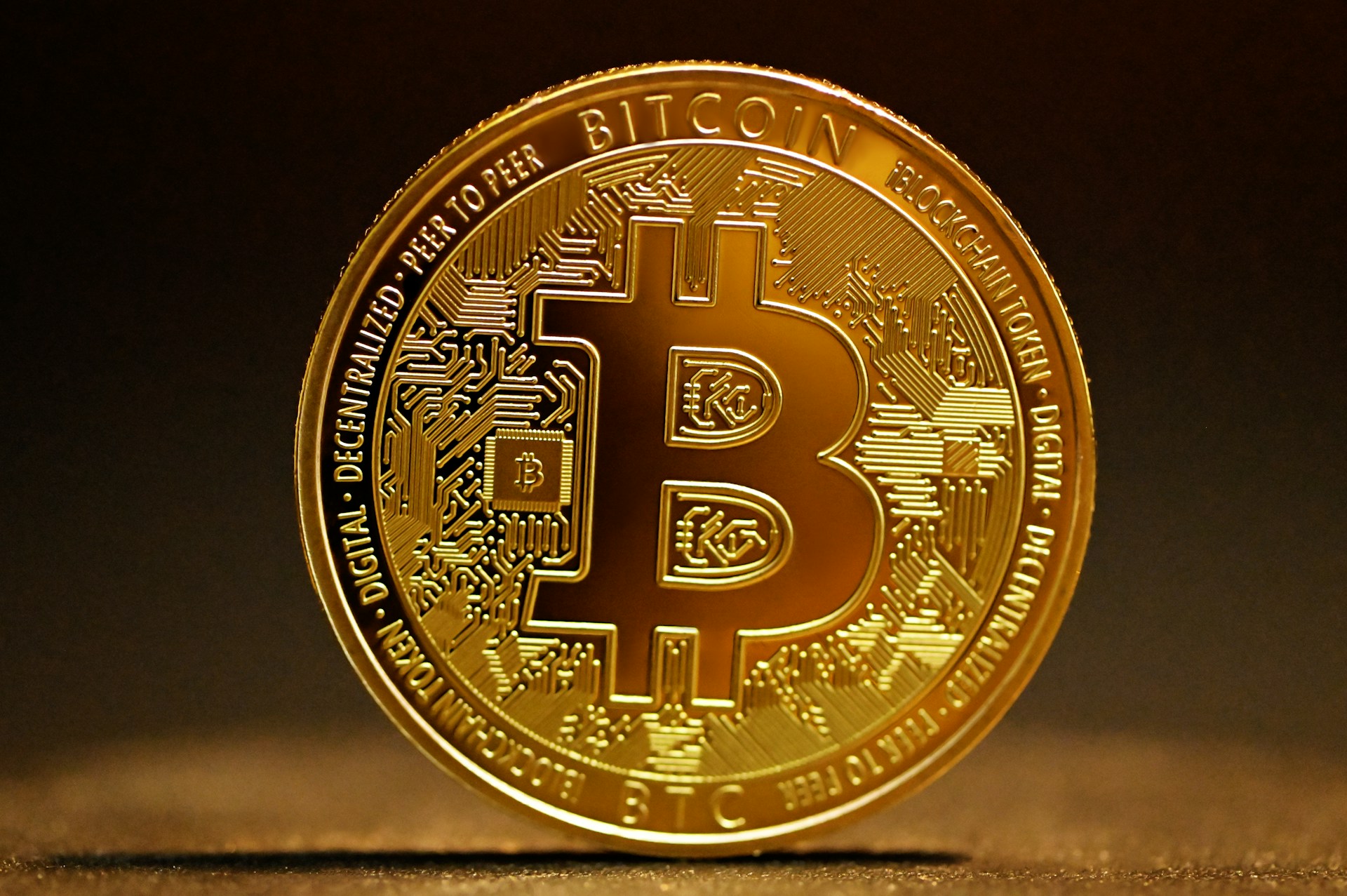Stablecoins will record mainstream adoption this year following positive regulations by the Trump administration, a new report by Deutsche Bank states.
In its report, the German investment banking giant says stablecoins are evolving past speculative ‘crypto’ trading and providing value in payments and remittances globally.
Stablecoins have recorded a parabolic rise in the past five years, shooting up from $20 billion in market cap in 2020 to $245 billion today. Last year, they facilitated $28 trillion in transfer value, according to Deutsche Bank. A separate report by ‘crypto’ asset manager Bitwise revealed that last year, stablecoins processed a higher volume than Visa (NASDAQ: V) for the first time ever. For context, Visa processed 900% more than all stablecoins combined in 2020.
“More than just financial tools, stablecoins are fast becoming strategic assets,” stated the report, co-authored by analysts Marion Laboure and Camilla Siazon.
Stablecoins’ growth will be anchored by enabling regulations, especially in the United States, Deutsche Bank added. American legislators have advanced two separate bills seeking to bring order to the sector. The first was the STABLE Act, which was introduced in the House of Representatives in March and is set to face a vote later this year.
The second bill, known as the GENIUS Act, was before the Senate, and while it initially had majority backing, Democrats recently changed their tune and voted against it, much to the chagrin of Treasury Secretary Scott Bessent.
Despite the stumbles in stablecoin legislation, Deutsche Bank believes that the U.S. will implement enabling regulation this year, “cementing stablecoin legitimacy” and “enabling mainstream use cases and deeper financial integration.”
While stablecoins are expanding into other payment use cases, speculative trading remains their primary market. The bank says they power nearly 70% of ‘crypto’ trading, “offering unmatched speed, 24/7 access, low-cost programmable payments.”
The Deutsche Bank report mirrors Citi’s ambitious predictions in a recent paper, where it claimed stablecoins could hit $3.7 trillion by 2030, overtaking the current combined digital asset market cap, which stands at $3.3 trillion.
Stablecoins are becoming increasingly vital players in the U.S. government securities sector, and recent reports have reflected this growth. According to Deutsche Bank, the high investment by the issuers in U.S. Treasuries has made them ‘strategic assets’ for the country.
“With 83% pegged to the U.S. dollar and Tether ranking amongst the largest holders of U.S. Treasuries, they’re reinforcing dollar dominance in a fragmenting world,” the report stated.
The rapid growth in the demand for stablecoins is attracting new players from within ‘crypto’ and beyond, all seeking to eat into Tether’s USDT dominance. Earlier this month, fintech giant Stripe announced that it was opening stablecoin accounts for clients in over 100 countries. Users can send, receive, and hold USD stablecoins “similar to how a traditional fiat bank account works.”
Visa has also been aligning its services to support stablecoins. Two weeks ago, the payments giant invested in London-based stablecoin startup BVNK in its $50 million fundraising round. The startup claims to have processed $12 billion in stablecoins last year.
US Pacific territory marches on with stablecoin bill
While the U.S. stalls on stablecoin regulation, one of its territories in the western Pacific Ocean is edging closer to legislation that would allow it to issue a state-backed stablecoin.
The Senate in the Northern Mariana Islands recently voted against a veto by the state’s governor, which had halted the stablecoins bill. Gov. Arnold Palacios vetoed the bill in April, a month after it had received unanimous support from legislators. He noted that the island lacks the capacity to oversee stablecoins independently.
The Senate has now voted 7-1 against the veto, reviving the bill, which now heads to the House, where a two-thirds majority will be enough to pass it into law.
The Northern Mariana Islands are a group of islands in the western Pacific Ocean that are a self-governing territory of the U.S. It’s home to 47,000 people, most of whom live on the largest island: Saipan.
The bill seeks to allow the treasurer of Tinian, one of the smaller islands with a population of 2,000, to issue a state-backed stablecoin. Known as the Mariana USD (MUSD), the token would be backed by U.S. Treasuries and cash, held in reserve by the Tinian treasury.
Proponents of the bill, which also allows Tinian to license Internet casinos, say it would revive the island’s fortunes, which have yet to bounce back to pre-pandemic levels. However, critics argue that the stablecoin would give the local government greater insight into the gambling entities as all transactions would be recorded on an immutable ledger.
Watch | Spotlight On: Centi Franc—the truly stable stablecoin

















 English (US) ·
English (US) ·